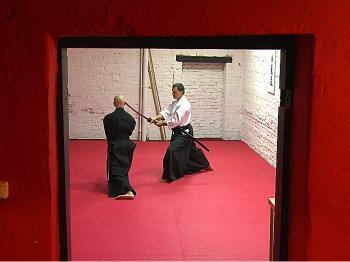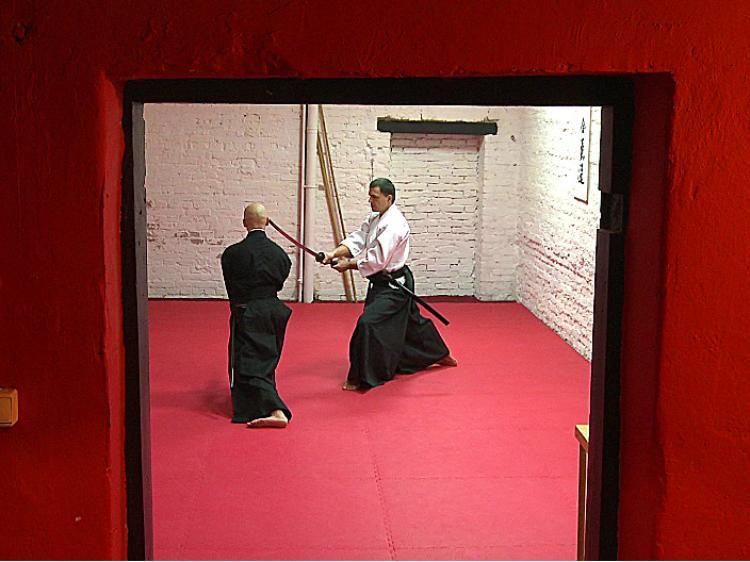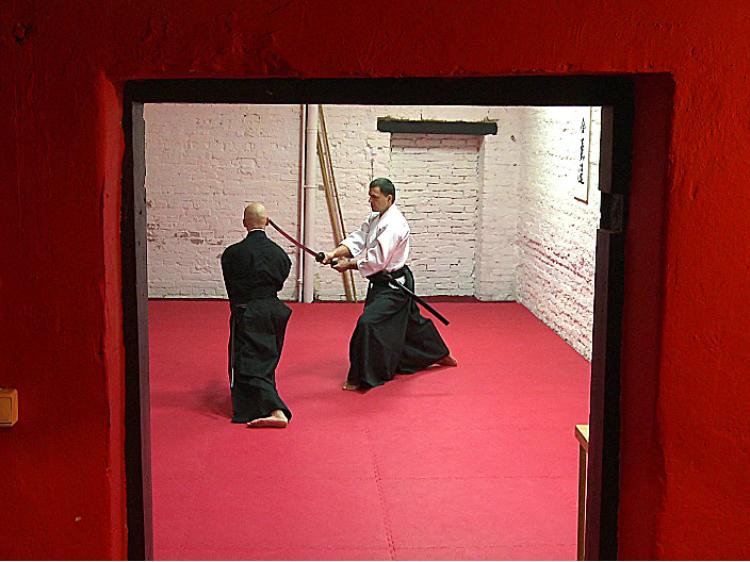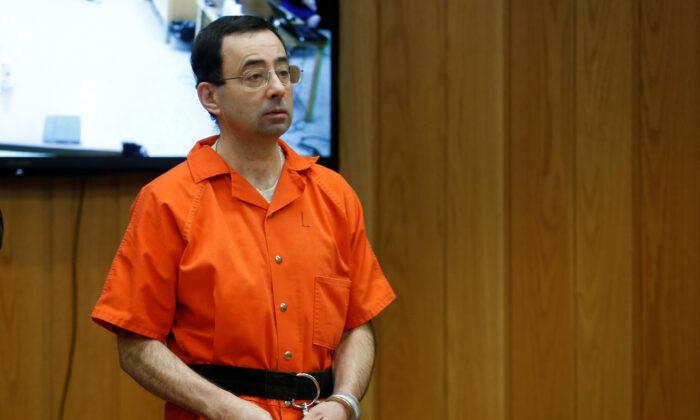WARSAW—The text message announced its own arrival with a beep and the game was afoot. Even though I moved to Warsaw from Canada nearly 10 years ago, I still need my navigational wits about me to find my way around the east side. That and a decent GPS—lots of one-way streets there.
To my detriment, I don’t get out to the east side much. The de facto downtown, where most of the conventional-though-not-always-all-that-interesting stuff happens, is on the west side of the Vistula River, which is Warsaw’s traditional center of political, economic, and social life. It’s where the historical Old Town, the Presidential Palace, the Parliament, both major universities, and the Warsaw Stock Exchange are—and these are just the highlights.
There are benefits to playing second fiddle, though. When Hitler ordered Warsaw to be leveled as punishment for the Warsaw Uprising during World War II (WWII), the bombs fell primarily on the west side, practically reducing it to rubble. The east side, however, was spared this fate to a large extent. In fact, you can still behold pre-WWII brick apartment buildings there—pock-marked with bullet holes in some cases, but standing nevertheless.
It’s no wonder that Steven Spielberg shot parts of Schindler’s List on the east side, and that in recent years it has become a trendy place to live and a favored hangout for artists and other bohemian types.
When my GPS announced with synthetic smugness that we had arrived at our destination, the rendezvous point turned out to be a building housing an art gallery. I looked up and a giant spider looked back with pluck from its second story perch.
“Lucky for you, you’re a sculpture,” I thought.
(etRelated 47250, 46989}Not because I’m particularly insecticidal, nor did I have a big can of Raid in the trunk of my car, but because the man I had arranged to meet for an interview at 8 a.m. on an otherwise languid Sunday morning would probably arrive carrying several samurai swords that he definitely knows how to use. And there he was.
I followed Sensei Bazylko, one of Poland’s foremost Kenjitsu and Aikido masters, through a cavernous, dimly lit passageway that ran the width of the building and then into a light at the end of the tunnel. I emerged from that existential experience into a claustrophobic courtyard, where somebody had somehow managed to squeeze in a couple of cars.
Then we went through a beat-up, industrial door that I never would have guessed led to a comparably austere dojo. Inside, a burly, bearded Aikido black belt was busy trying to warm up by lighting a corner wood-burning stove—the only source of heat in a freezing training hall where you could see your breath and everybody but me was incomprehensibly eager to start walking around barefoot.
I had been planning to meet Sensei Bazylko, who has been called “a modern-day samurai” by one of his students, for a training session and an interview. He and his students would train and I would take pictures and conduct an interview. But what came out of that is a story best left for another chapter.
Suffice to say, Sensei Bazylko is an east-sider, living barely several hundred yards from the dojo on a street where gorgeously renovated apartment buildings are punctuated by decaying pre-WWII brownstones that you’d never guess were occupied, if not for the clothes lines on corroded memories of balconies and the odd potted plant on a window sill. But the point is, there’s history here, and character.
I really must get over to the east side of Warsaw more often.
To my detriment, I don’t get out to the east side much. The de facto downtown, where most of the conventional-though-not-always-all-that-interesting stuff happens, is on the west side of the Vistula River, which is Warsaw’s traditional center of political, economic, and social life. It’s where the historical Old Town, the Presidential Palace, the Parliament, both major universities, and the Warsaw Stock Exchange are—and these are just the highlights.
There are benefits to playing second fiddle, though. When Hitler ordered Warsaw to be leveled as punishment for the Warsaw Uprising during World War II (WWII), the bombs fell primarily on the west side, practically reducing it to rubble. The east side, however, was spared this fate to a large extent. In fact, you can still behold pre-WWII brick apartment buildings there—pock-marked with bullet holes in some cases, but standing nevertheless.
It’s no wonder that Steven Spielberg shot parts of Schindler’s List on the east side, and that in recent years it has become a trendy place to live and a favored hangout for artists and other bohemian types.
When my GPS announced with synthetic smugness that we had arrived at our destination, the rendezvous point turned out to be a building housing an art gallery. I looked up and a giant spider looked back with pluck from its second story perch.
“Lucky for you, you’re a sculpture,” I thought.
(etRelated 47250, 46989}Not because I’m particularly insecticidal, nor did I have a big can of Raid in the trunk of my car, but because the man I had arranged to meet for an interview at 8 a.m. on an otherwise languid Sunday morning would probably arrive carrying several samurai swords that he definitely knows how to use. And there he was.
I followed Sensei Bazylko, one of Poland’s foremost Kenjitsu and Aikido masters, through a cavernous, dimly lit passageway that ran the width of the building and then into a light at the end of the tunnel. I emerged from that existential experience into a claustrophobic courtyard, where somebody had somehow managed to squeeze in a couple of cars.
Then we went through a beat-up, industrial door that I never would have guessed led to a comparably austere dojo. Inside, a burly, bearded Aikido black belt was busy trying to warm up by lighting a corner wood-burning stove—the only source of heat in a freezing training hall where you could see your breath and everybody but me was incomprehensibly eager to start walking around barefoot.
I had been planning to meet Sensei Bazylko, who has been called “a modern-day samurai” by one of his students, for a training session and an interview. He and his students would train and I would take pictures and conduct an interview. But what came out of that is a story best left for another chapter.
Suffice to say, Sensei Bazylko is an east-sider, living barely several hundred yards from the dojo on a street where gorgeously renovated apartment buildings are punctuated by decaying pre-WWII brownstones that you’d never guess were occupied, if not for the clothes lines on corroded memories of balconies and the odd potted plant on a window sill. But the point is, there’s history here, and character.
I really must get over to the east side of Warsaw more often.








Friends Read Free